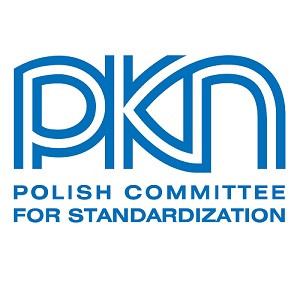This document describes the methodology for measuring, under standard and reproducible conditions, the dustiness of bulk materials containing or releasing respirable nano-objects, their aggregates and NOAA agglomerates or other respirable particles using the shaking method. This document specifies the selection of instruments and devices as well as the procedures for calculating and presenting the results. It also provides guidance on data evaluation and reporting. The methodology described in this document enables
a) measurement of the dustiness mass index for the respirable fraction,
b) measurement of the dustiness index for particles in the size range from about 10 nm to about 1 μm, which are part of the respirable fraction,
c) measurement of the numerical emission factor for particles in the size range from about 10 nm to about 1 μm, which are part of the respirable fraction,
d) measurement of the dimensional distribution of particles released from the material in the size range from about 10 nm to 10 μm,
e) collection of the released from the particle material of the respirable fraction for further observation and analysis using electron microscopy.
This document is applicable to the testing of a wide variety of materials, including powdered nanomaterials.
NOTE 1 With slightly different configurations of the methods specified in this document, the dustiness of a number of carbon nanotubes ([5] to [10]) was investigated. Based on the published work, it can be assumed that the shaking method is also applicable to nanofibers and nanoplates.
This document does not apply to millimeter sized pellet or pellet materials containing nano-objects in unbound, bonded, uncoated and coated form.
NOTE 2 The limitations of the applicability of the shaking method for different nanomaterials are due to the apparatus used and the small sample of material used for the test. Ultimately, if future work provides accurate and reproducible data indicating the possibility of extending the application of the shaking method, it is possible to revise the document
NOTE 3 As observed in the pre-normative test design [4], the shaking method specified in this document provides more intensive aerosolization of the material than the rotary drum method, the continuous charge method and the small rotary drum method specified in EN 17199-2, respectively [ 1], EN 17199-3 [2] and EN 17199-4 [3]. The shaking method can better simulate high-energy dust dispersion processes or processes where vibration or shock is applied, or better describe a worst-case scenario in the workplace, including the (not recommended) practice of cleaning contaminated work suits and dry work surfaces with compressed air.
NOTE 4 Currently, no dust classification system has been established for dust factors or the emission factor for the shaking method. The ultimate intention is to revise this document and introduce a dust classification system as soon as a sufficiently large amount of measurement data is obtained.



